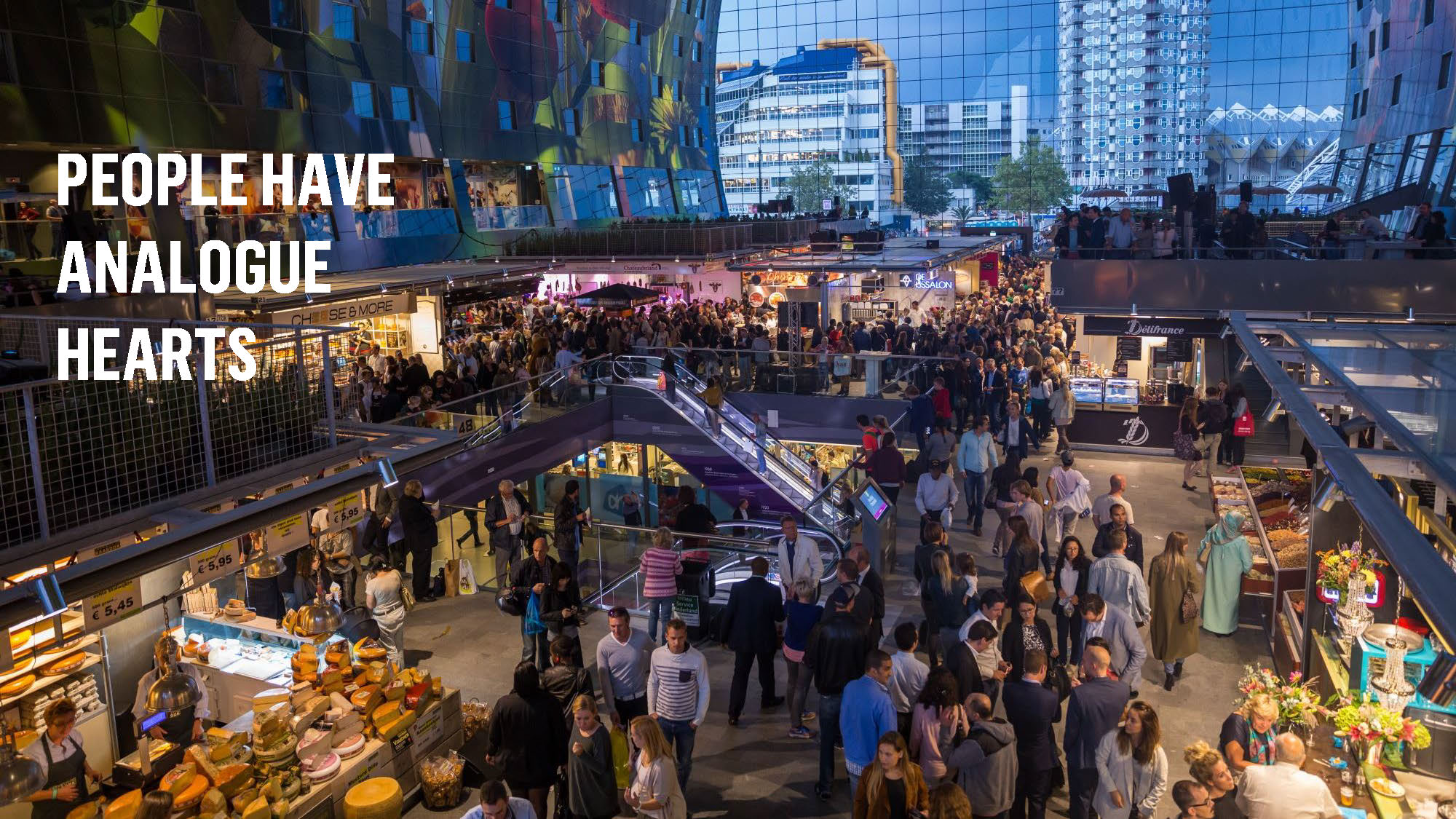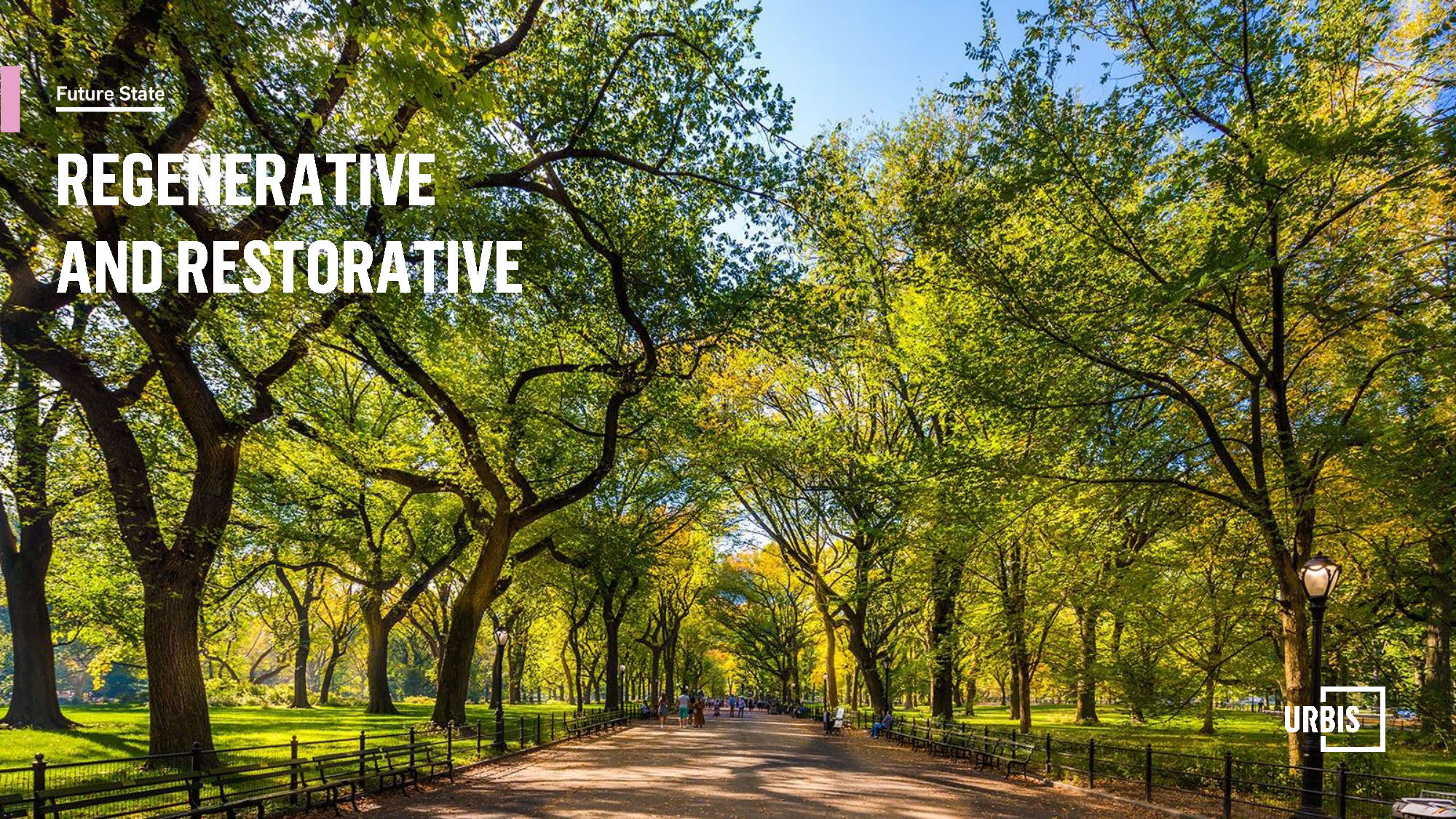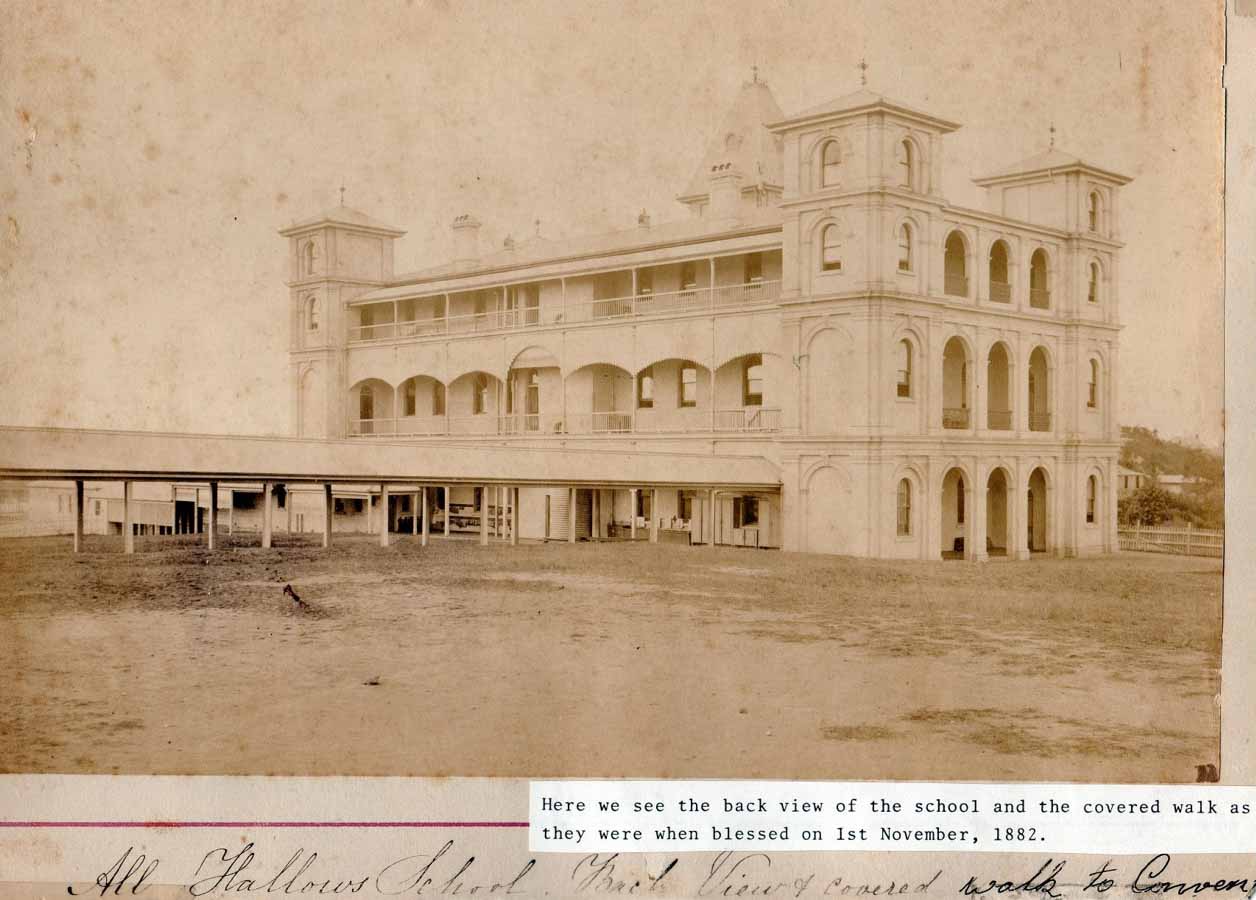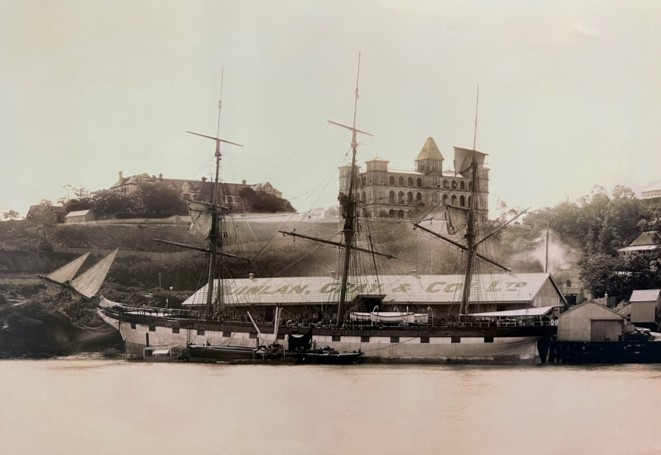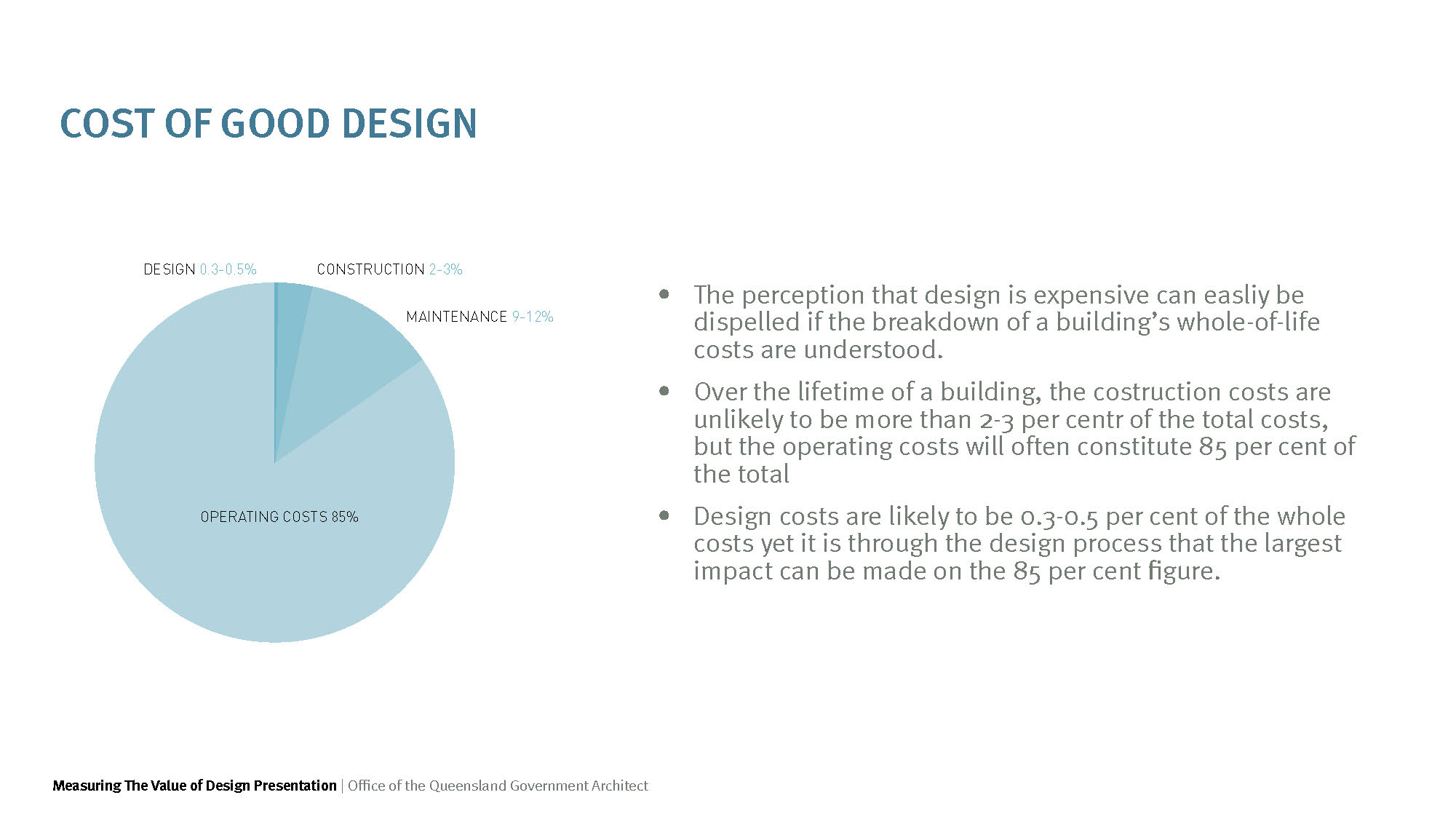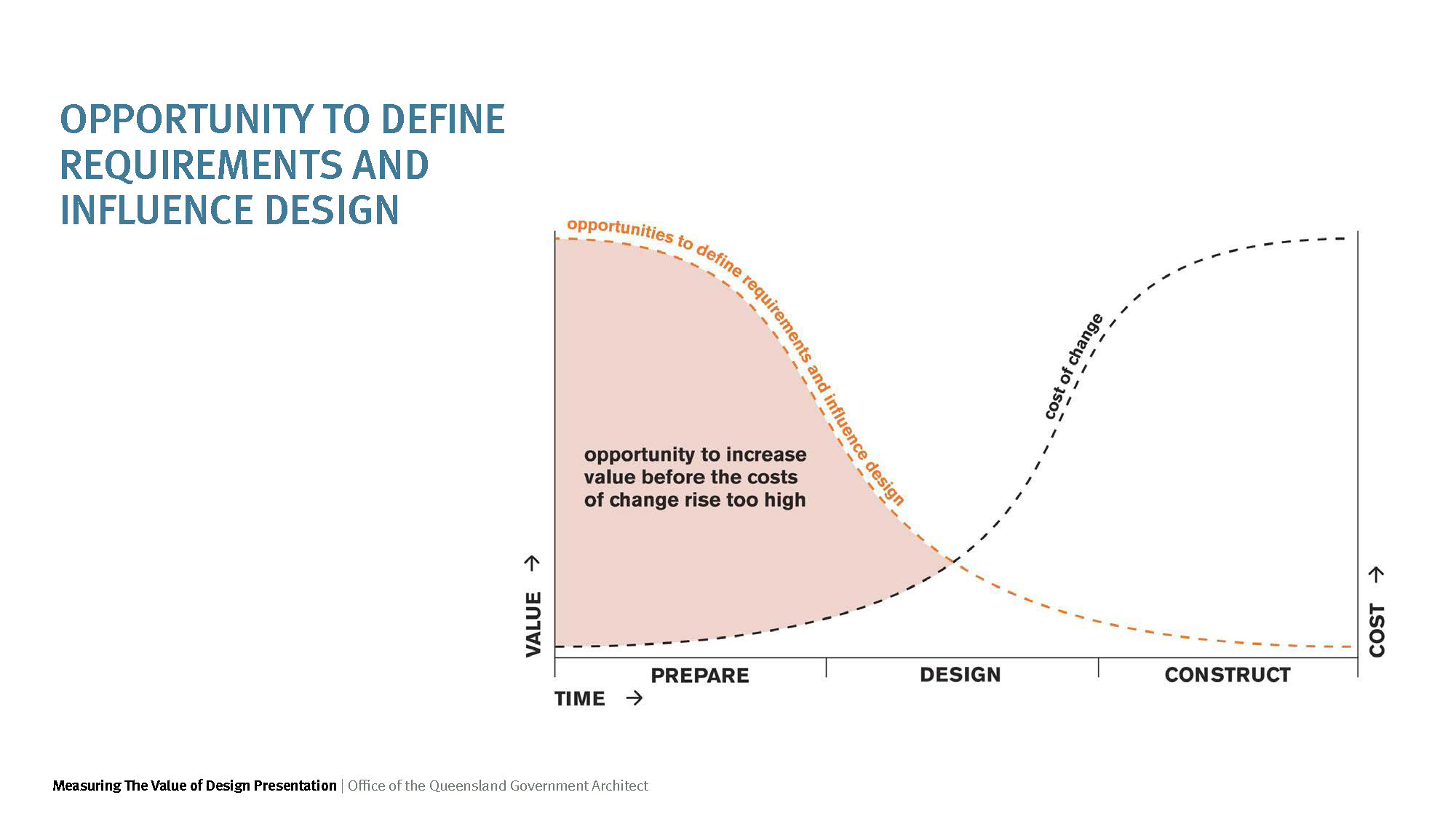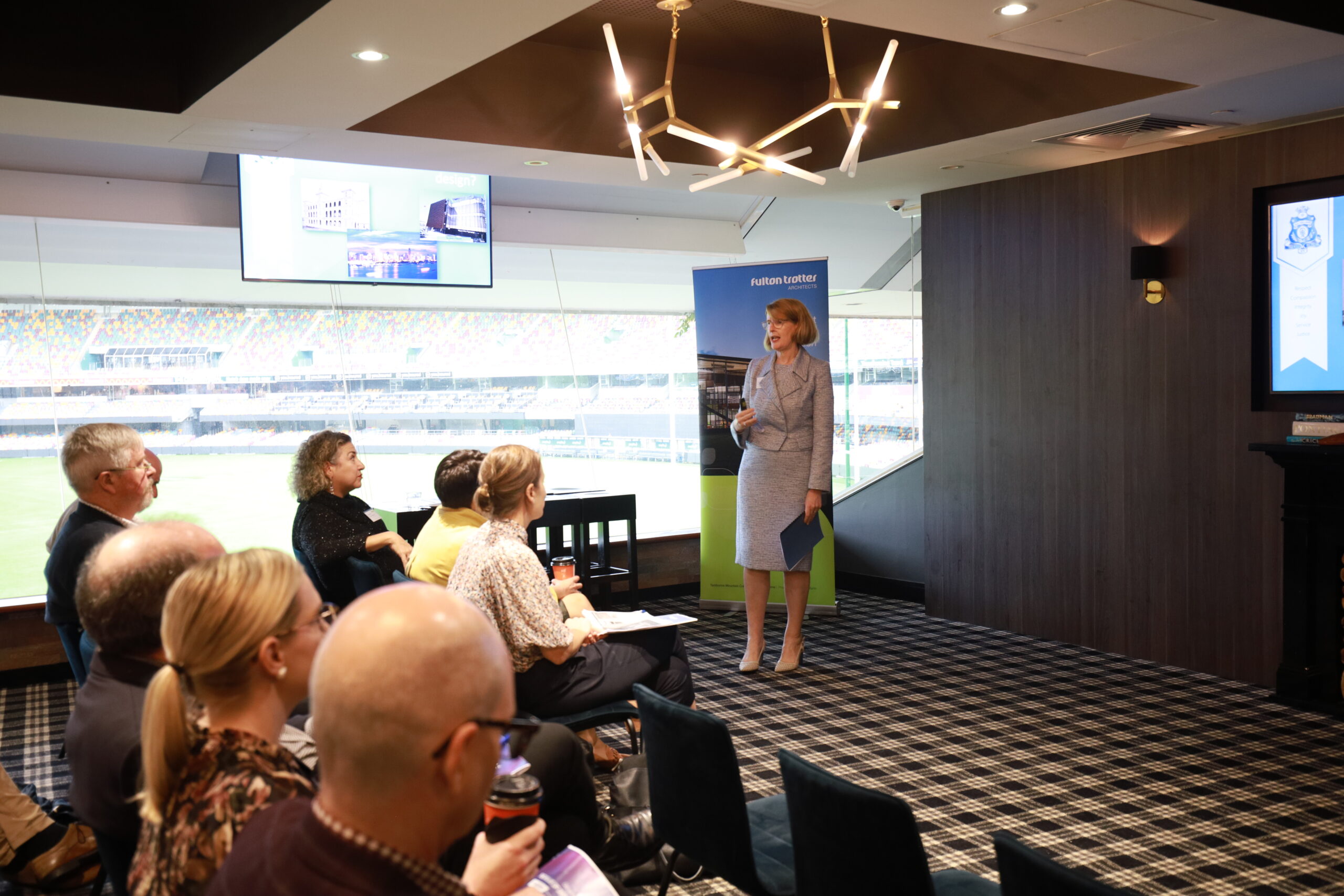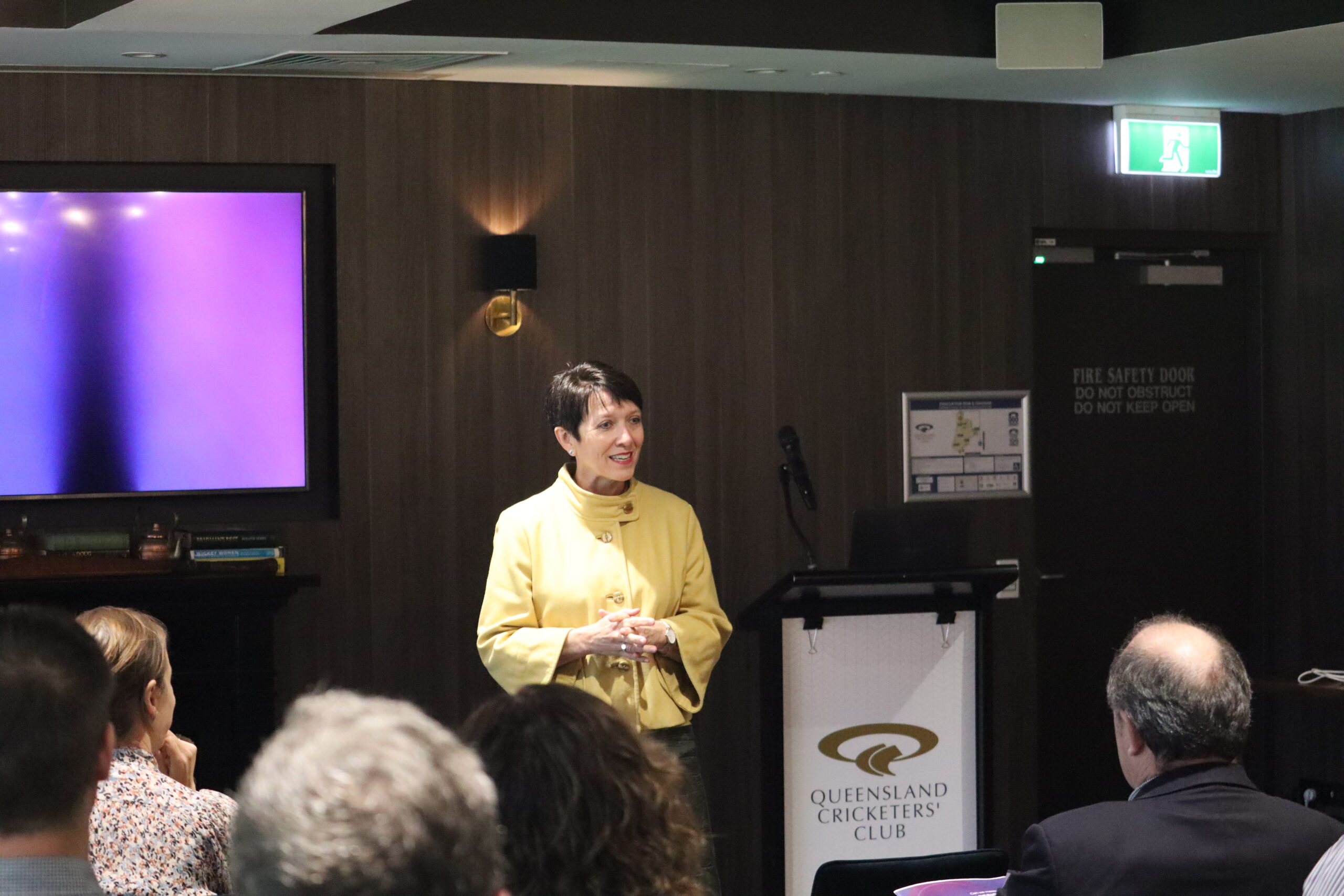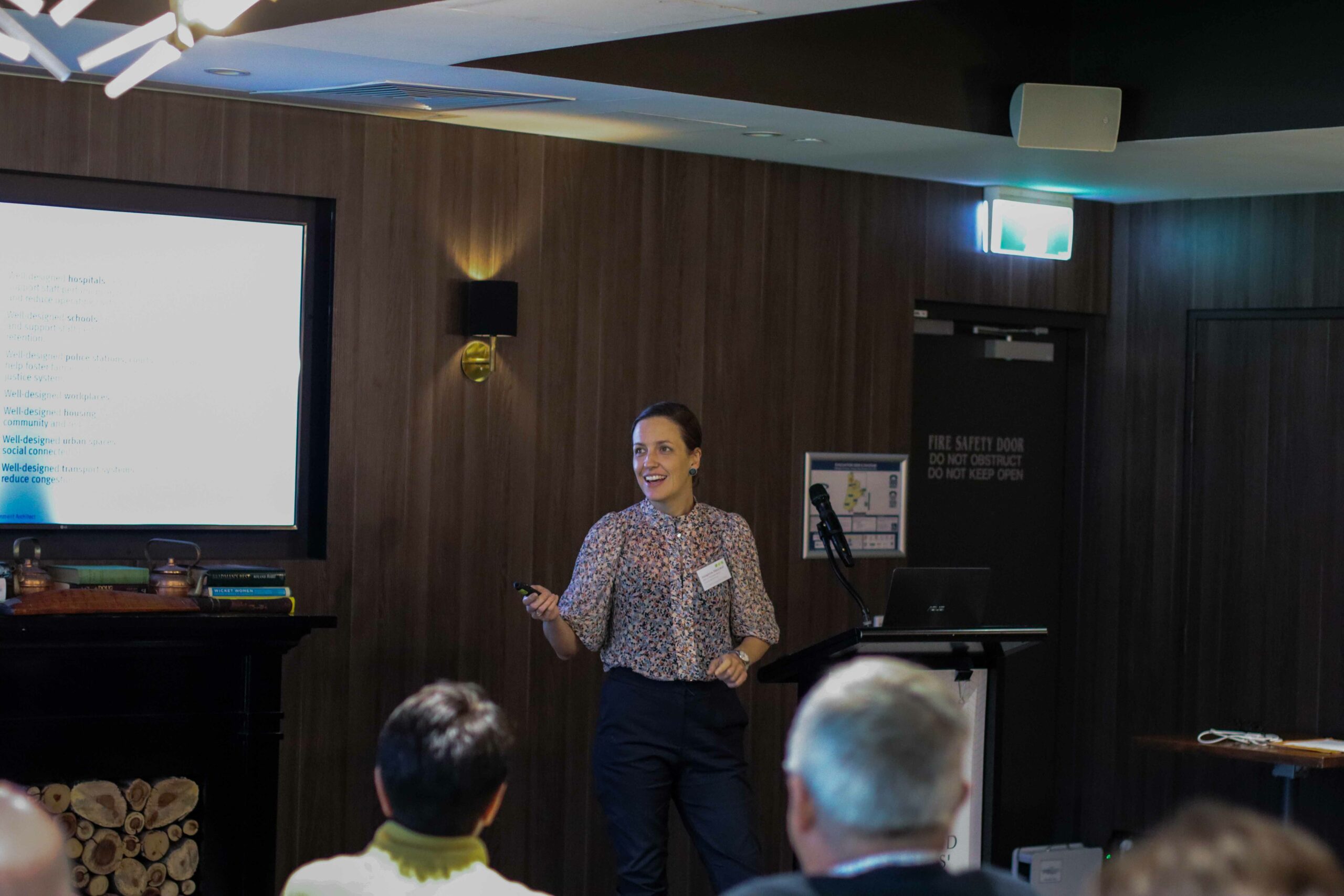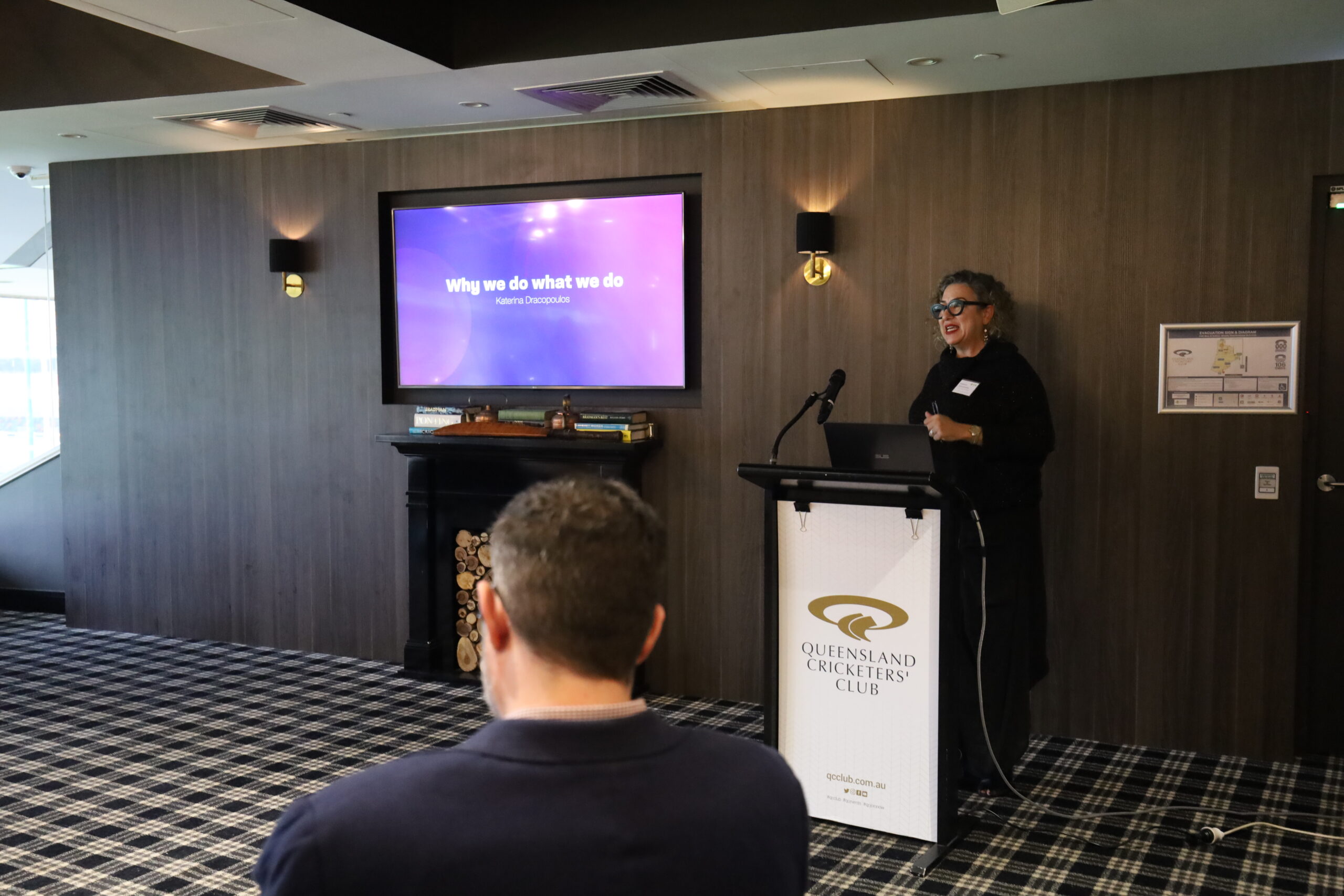Can we measure the value of design?
Words by: Katerina Dracopoulos, Director
Last month Fulton Trotter Architects hosted a Design Forum posing the question, “Can we measure the value of design?” Pre-pandemic, these half-day summits were a quarterly event, so after two years of hibernation, it was especially exciting to reconvene with our clients, colleagues and friends of the profession for an informative afternoon of insight, discussion and provocation.
Katerina Dracopoulos
As first speaker, I began the afternoon by reflecting upon what we as Architects bring to the table in our understanding of the human need to share physical space. There are qualities that we can measure in terms of value as opposed to cost.
After differentiating Time and Cost from Longevity and Value, the question I posed about using “how loved is it?” as one of the yardsticks we should be considering ended up being one of the themes that bound all of the speakers of the afternoon.
Kate Meyrick
Our next speaker was Kate Meyrick, internationally respected urbanist and place-maker, and Director of Urbis. Kate charged out of the starting gates with her amazing presentation, “Great Cities- Better by Design”. She answered the question, “Do we even need cities anymore?’ with the most jotted down line of the afternoon- “people have analogue hearts”, we are hard-wired to seek community.
In her half hour presentation on how we build next generation great cities, she spoke compellingly about how they must be human-centred, restorative and regenerative, loved, positive, networked and connected, diverse, aspirational, bold and beautiful, thoughtful and inter-generational. Good design has to have purpose. What good is a thing that is beautiful, if it is useless? (Ask her about the Georg Jensen cheese knife.)
Catherine O’Kane
After afternoon tea (it would not be a Fulton Trotter event if our guests were not well-fed), our next speaker was Catherine O’Kane, Principal of All Hallows’ School in Brisbane. Catherine described three different built examples within the framework of three measures: Cost versus value; time versus longevity; and what she called “The Intangibles”. The three scenarios were Wuhan (a city where she lived and taught in the 1990’s when it was a mere village of 4 million people), The Main Building at All Hallows’ built in 1882, and the Potter Adaptive Re-use Project which has just reached Practical Completion.
Whilst the built environment of Wuhan was a response to exponential population growth and the most basic of needs in Maslow’s Hierarchy, the construction of Main Building at All Hallows’ in 1882 for £ 8,899 absolutely nailed the pinnacle of the hierarchy which is Self-actualisation. The message that the Sisters of Mercy heralded to the Patriarchy, the city, the students by building this grand structure on the top of a cliff in the middle of the city was an unapologetic statement of the importance of the education of girls at a time when this was not an accepted truth.
Finally, Catherine described the design process which delivered Potter Adaptive Re-use Project, ostensibly a Library but in actual fact a multi-disciplinary learning and community hub, place for exchange, Umbilicus Urbis, social and pedagogical game changer for the school, as was the Main Building in 1882.
Josephine MacLeod
Our final speaker was Josephine MacLeod, Principal Advisor in Urban Design and Architecture for the Office of the Queensland Government Architect. Josephine presented the OQGA’s work on the policy of “Healthy Places, Healthy People”. This premise of this project is that healthy well-designed spaces are critical to the health and well-being of people, equality of opportunity, economic growth and sustainability for communities and the environment. She outlined the processes by which data and evidence is being used to link good design to measurable positive outcomes.
For the believers, the conclusions that good design can have far-reaching benefits were not surprising, but the metrics and graphs provided satisfying solidity to assist us in search for alignment across all levels of project delivery. The cost of good design is almost insignificant in the overall costs of the lifetime of a building.
Design may be subjective, but the value of good design is quantifiable and measurable.
Topping off the presentations was the obligatory Q&A session facilitated by fellow director Ryan Loveday. To flesh out the panel, our keynote speakers were joined by two further guests, Scott Cumming, a Quantity Surveyor of Johnson and Cumming, and Damien Stokes of Stokes Wheeler, a third generation Building Contractor.
Happily, this lively discussion summed up the day wonderfully responding to some targeted leading questions-
To the Architect: Is design an intangible that only the initiated care about? A: No, the connection people have with a building and what it enables them to do, is wholly tangible.
To the Urbanist: What is the difference between a road and a street? A: roads are for cars- for speed; streets are designed for people- to linger, to connect. They look similar, but with quite different design outcomes.
To the Educator: Why does a teacher need more than a blackboard? A: because teaching is more than information- the people, the space, the context all shape the educational outcome.
To the Quantity Surveyor: Does good design cost more? A: No, but bad design costs everyone.
To the Builder: How do you know if you’re giving your client quality? A: We don’t- the client has to closely define what quality means to them.
To the Policy maker: How do you sell design to government? A: With clear measurable outcomes.
Which we think is a great summary of the day’s topic…
We look forward to our next Fulton Trotter Forum to be held on the 17th of August!





